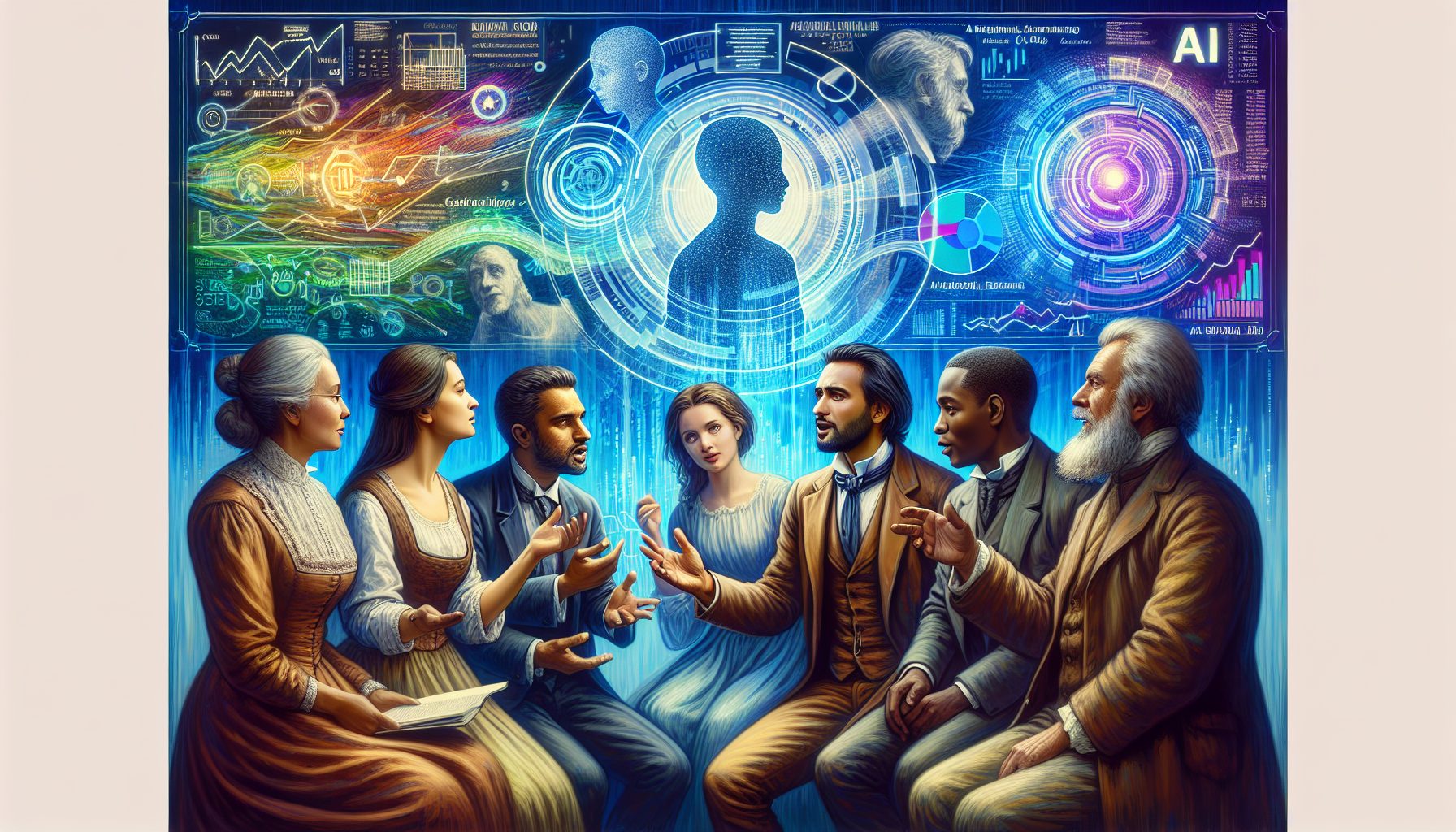BOSTON—Despite the obvious differences in technology interests between Gen X, Gen Y or the upcoming Gen Alpha, there seems to be a common thread in getting just about any aged employee to use Web 2.0 technologies: Build it and they will come—for the most part.
Following the rule that if it takes more than two pizzas to feed the team, the team’s too big, Toby Redshaw, chief technology officer of Motorola, took a few developers and built a Web 2.0 platform for Motorola employees.
The concept began with the notion of fixing a disastrous electronic filing system (employees had to hire a detective to find anything in it, according to Redshaw) and ended with a platform that enables the creation of blogs, wikis, tags and enterprise search. The result has been nothing short of a communication breakthrough at Motorola.
“The whole company runs on Web 2.0. We have 4,400 blogs and 4,200 wikis,” said Redshaw. “It really does work. It actually lets people see new relationships…and see what other smart people have done. The key is that it just has to be so easy to use that the adoption curve goes [straight up]. People vote with clicks. We didn’t have to train anybody; we didn’t have to explain it.”
Redshaw said that rather than an age bias, he noticed more of an executive level bias to collaborative efforts: the higher up in the company’s hierarchy the less social networking technologies get used. “That’s a good thing,” he said. “The real work gets done not in the board room.”
 Click here to read what Web 2.0 technologies IBM and Microsoft are pitching to enterprises.
Click here to read what Web 2.0 technologies IBM and Microsoft are pitching to enterprises.
Redshaw along with Mike Fratesi, communications product manager turned solutions marketing manager at Cisco, and Oliver Young, an analyst with Forrester, participated in a June 20 panel discussion at the Enterprise 2.0 conference here in Boston.
The topic of discussion: How to build an Enterprise 2.0 platform that employees will actually use. The discussion set out to test the theory that only younger people—the twenty-somethings just entering the work force—are more likely to utilize Web 2.0 technologies than the older “leathery veterans” of business.
Cisco, which acquired WebEx earlier this year, is putting a huge emphasis on Web 2.0 technologies, both as an employee imperative and a sales team product. From the top down the company—backed by CEO John Chambers—implemented a new development group to focus on collaborative software (where WebEx will live) and is funding IT to implement collaborative technologies internally.
From the bottom up, Cisco is encouraging employees to create wikis for better project management, for example, and appointing knowledge managers to share their knowledge of Web 2.0 tools and techniques with their less in-the-know colleagues.
“We are fundamentally restructuring the company to a collaborative model,” said Fratesi. “We are a large company; we are growing fast; and the only way to be successful is to delegate tasks.”

While Motorola and Cisco both found that “old school” employees —those 40 and older—are some of the biggest adopters of Web 2.0 technologies, Forrester’s Young pointed out that there is a real age dichotomy among less tech savvy companies.
Young described a large insurance company working to get its employee base — 30 percent of whom are near retirement age — to adopt Web 2.0 technologies as facing a real struggle. He pointed out that among 18 to 21 year-olds in general, 37 percent of them are creating content either through a wiki or a blog. Conversely, among 41 to 50 year-olds, only 12 percent are creating content.
 Read the full story on eWEEK.com: Build a Web 2.0 Platform and Employees Will Use It
Read the full story on eWEEK.com: Build a Web 2.0 Platform and Employees Will Use It








